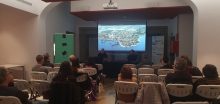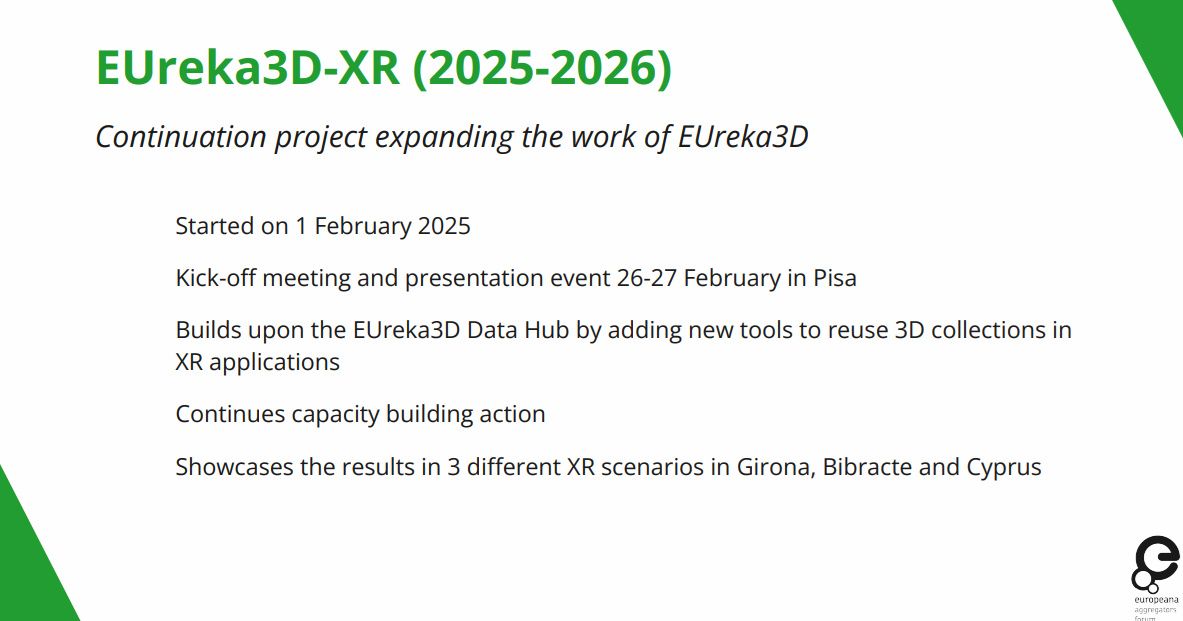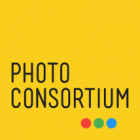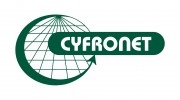 all images in this post courtesy of CRDI/Ajuntament de Girona via the EUreka3D Twitter profile.
all images in this post courtesy of CRDI/Ajuntament de Girona via the EUreka3D Twitter profile.
The EUreka3D project coordinated by Photoconsortium has just started the action on high-quality 3D digitisation, which will make great collections of cultural heritage 3D digitised objects accessible to everyone in the Europeana website.
The content provided by project partners is very diverse, and ranges from monuments at risk to archaeological objects, early cinema items and filigree paper moulds. EUreka3D will aggregate on Europeana about 5,000 new 2D and 3D records, digitised in high quality from various providers: CUT Cyprus University of Technology, Bibracte, Museo della Carta and CRDI Ajuntament de Girona, some of which have never featured on Europeana before.
The project is also creating a cloud-based platform managed at EGI the European Grid Initiative. dedicated to Cultural Heritage Institutions offering advanced services and tools for digital collection management, especially with 3D objects and their metadata and paradata management.
During these days, CRDI / Ajuntament de Girona is one of the partners fully involved in the digitisation process. Around 50 pre-cinema objects from the Cinema Museum of Girona are being digitised: magic lanterns, zoetropes, optical boxes, early cinema cameras and movie projectors. The 3D objects are being digitalised following the recommendations of the unique Study on Quality in 3D Digitisation of Tangible Cultural Heritage (VIGIE 2020/654), produced by partner CUT.
The digitisation of these objects is done using the photogrammetry technique, and is possible thanks to the great contribution both of the Cinema Museum and specialized company La Tempesta.
































